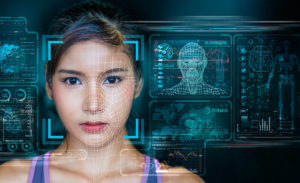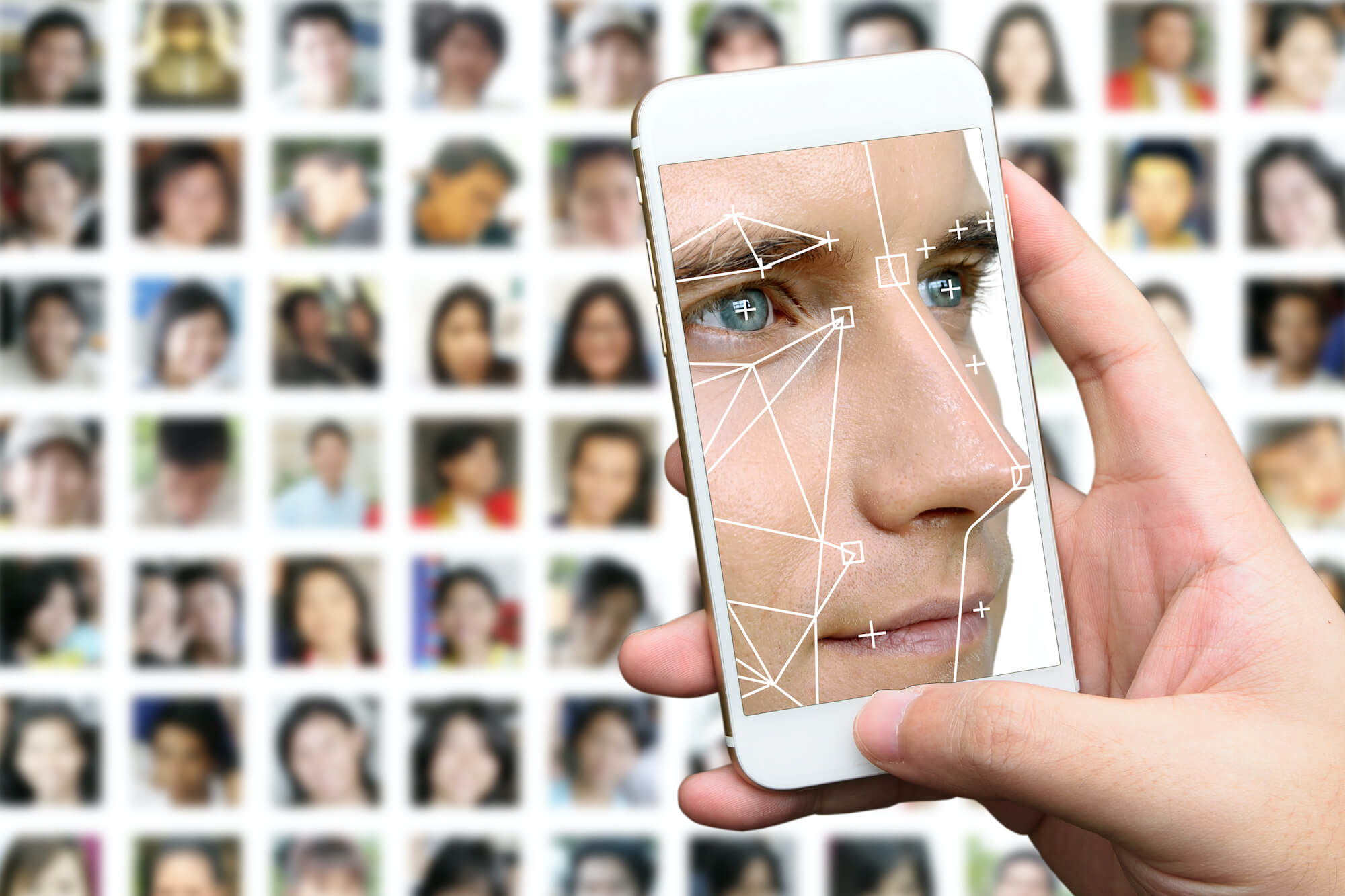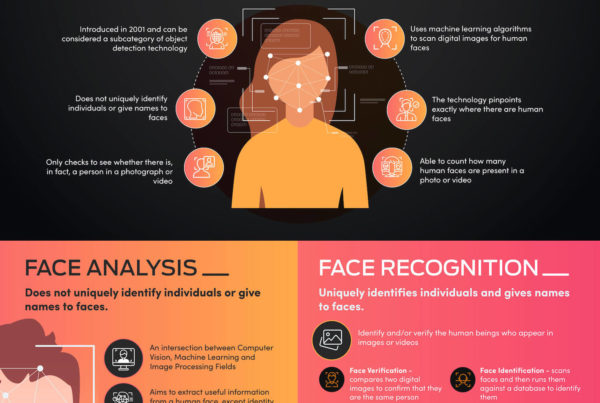How would you explain the difference between a neutral expression and a smile? What does your mouth do? Your eyes? Eyebrows?
Human expression is a huge spectrum, and teaching AI systems to see and categorize expressions is a vast undertaking. The result of simple statistical analyses showing the overall difference between points on a face that’s smiling and one hanging in ambivalence is an example of what facial analysis AI systems do.
But what exactly is face analysis and how can it detect, categorize and understand facial expressions? More importantly, how can this tech be used as a business tool?
What Exactly Is Face Analysis?
Face analysis is one of the various face AI technologies that has seen enormous growth in development and use in recent years, and the industry is slated to grow exponentially. It’s important, however, not to confuse it with face recognition or face detection. What are the differences?
 Face detection: Face detection simply involves detecting the presence of a human face. A program is used to examine the proportional relationships between different facial points; if the numbers correlate with that of a human face, the system reports it as such.
Face detection: Face detection simply involves detecting the presence of a human face. A program is used to examine the proportional relationships between different facial points; if the numbers correlate with that of a human face, the system reports it as such.- Face recognition: The sole purpose of face recognition is to verify the identity of the person whose face is detected. It matches the person’s face to images contained in a database to confirm a person’s identity for applications such as security measures like unlocking a mobile device, finding missing persons, helping the blind, and other applications.
- Face analysis: Face analysis uses a complex combination of machine learning, artificial intelligence and image processing to analyze a human face to determine attributes such as age, gender, facial expressions, level of engagement and even disease diagnosis. However, it does not discern the person’s identity or put a name to the face, maintaining users’ privacy.
Face Analysis for Facial Expressions
Face analysis works by comparing the relationships between points superimposed on someone’s face. If the distances between selected points coincide with the range of a predefined, labeled attribute, the system identifies the face as having that attribute.
For example, if the distance between groups of points outlining the top and bottom lips grows while the points at the corners of the mouth rise, the system may identify that facial expression as a smile. Of course, this data would be correlated with other information, such as the movement of the eyebrows or skin texture.
The relationships between points on the face, as well as things like skin texture, correspond with differences in not just facial expressions but a wide variety of identity-free biometric data, such as age and gender.
This enables the system to determine these attributes and then feed this data to a business system that can leverage it to gain insights.
Read: Human-Centered Technology: Unlocking the Human Experience with Face Analysis
Face Analysis: Expression Applications in Business
 There are a vast array of applications for face analysis in business. But when you add in expressions, you get a whole new level of insight.
There are a vast array of applications for face analysis in business. But when you add in expressions, you get a whole new level of insight.
Face analysis can enable retailers, for example, to let customers virtually try on eyeglasses, jewelry, makeup, or other products. But add in facial expression analysis and it can be used to gauge reactions to ad campaigns or products, improve avatar development, or to determine if a driver is focused and alert.
Medical researchers are using it for disease diagnosis and treatment planning, making early detection and treatment possible.
The Power of FaceTrace.ai for Your Business
AlgoFace has developed FaceTrace.ai, powering the world’s trusted Face AI solution to ethically determine what makes each person unique without compromising their identity. With 209 points of reference on the human face, FaceTrace.ai is able to more accurately analyze facial expressions. Combine that with its excellent flexibility and ability to work on edge computing devices on multiple platforms. This enables more precise and quicker, real-time processing of information, which leads to better results. And, of course, no uniquely identifying information is ever involved, so the privacy of your users remains protected.
Contact AlgoFace today to try FaceTrace.ai on the platform of your choice.




